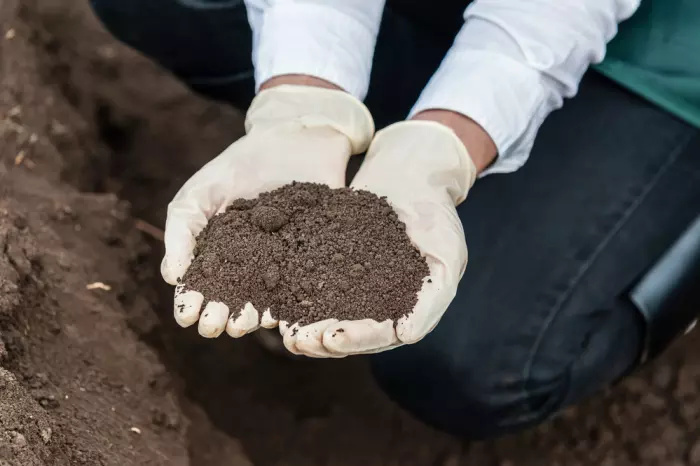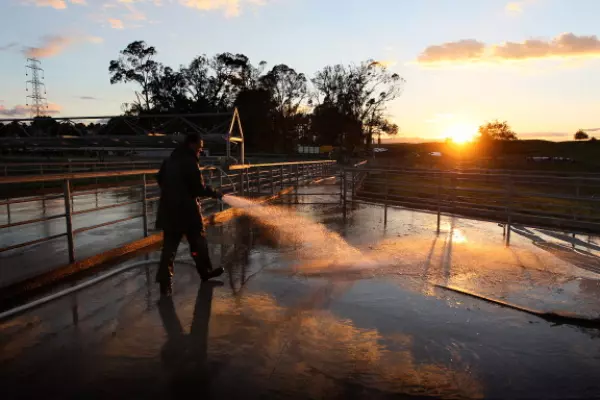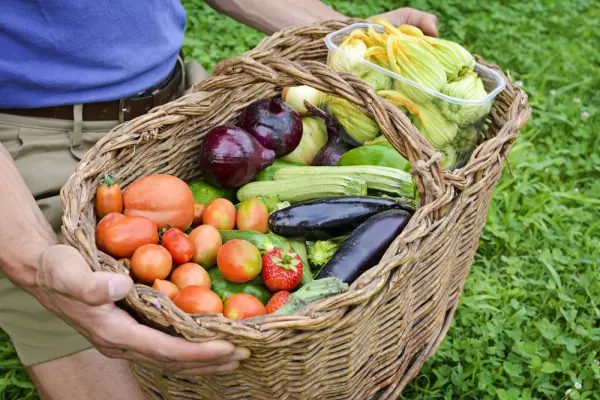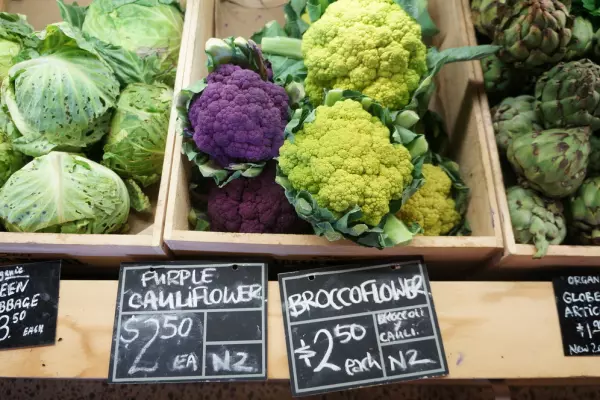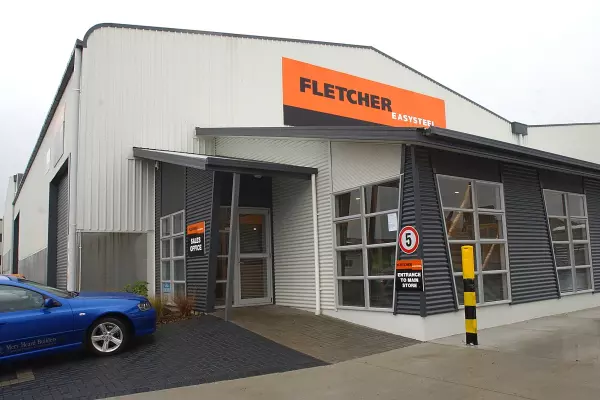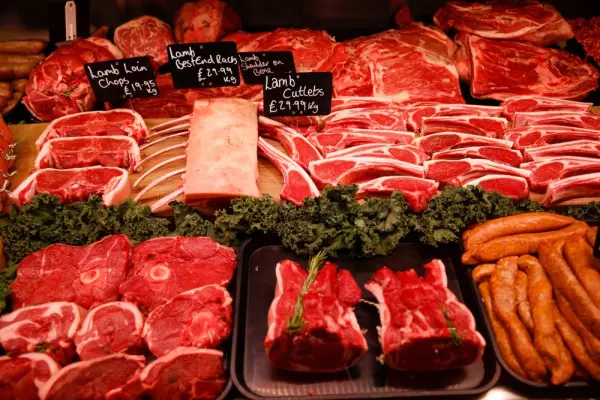The soil carbon market is starting to bubble.
Yet, you won’t see New Zealand farmers at the vanguard of this fledgling climate-focused global marketplace despite the country holding on average 90 tonnes of carbon per hectare in the top 30 centimetres of soils, as Landcare researcher Gwen Grelet and collaborator Sam Lang point out in their 2020 white paper on regenerative agriculture.
The reason for this sluggishness is in part simple: NZ’s market and policy focus is on growing pine trees; one billion of them to be exact, in a bid to meet the country’s net zero emissions target.
But it’s also complicated, and exists in the hypothetical subtext of why one brother who is experimenting with regenerative farming practices hasn’t told the other brother who farms next door that he’s developed a particular interest in soil.
The 'regen' brother wants to get through another long hot dry summer without losing pasture and stock. But he stays silent about his experiments with diverse cover crops, seaweed fertiliser and high residuals for fear of failure, blow-back and ridicule from the other brother. The non-regen brother subscribes to the view that NZ’s farming sector with its grass-focused, 365-day outdoor system is the most efficient and environmentally sound production sector in the world.
We don’t need to do more, the non-regen brother says – I’m not degrading the soil, so why do I need to regenerate it?
This contentment with the status quo is flummoxing considering there’s nothing more conventional than maximising profit from the land, and soil carbon might just be NZ’s most valuable cash crop yet.
The potential of the soil market is that farmers can keep producing above the surface while cultivating life below. It’s a side step from the current tree-focused carbon sequestration scheme being pursued by the NZ government under its One Billion Trees program, which has funded landowners to plant out 27,640 hectares in exotic and native trees since the scheme commenced in 2018.
With carbon prices more than $35 a unit under the government’s Emissions Trading Scheme, it’s a robust market, but when entire farms are converted to forestry for carbon trading, critics lament the loss of community and productive food-producing land.
Carbon footprints
Yet, for the soil market to succeed, the anecdotes that regenerative practices can increase soil carbon stores plus on-farm productivity needs to be backed by science, and so far the science is missing. So, the regen brother stays silent.
Sociologists have studied this reticence.
Otago University's Hugh Campbell, for one, has written that the identity of a good Kiwi farmer is linked to the image of a “hard-working, competitive individualist working alone by the sweat of the brow”. Less talk, more work.
But what are we missing out on because we prefer a muted chin raise to a good yarn? Cash? Healthier animals? Higher yields? A cooling planet?
Grelet and Lang estimate that if the top 0.3-0.4m of global agriculture soils could sequester 2 to 3 Gt of carbon per year globally, it would effectively offset 20-35% of global anthropogenic greenhouse emissions. Surely, that's a good reason to crow about soil?
After all, the goal is net zero carbon and here’s a chance to make money and be a climate warrior. Farmers for Climate Action, it’s a thing ... elsewhere.
In 2019, I met a fourth generation cropper and sun farmer from New South Wales, Jon Elder. He grows cotton in the summer with the aid of bore irrigation and dryland chickpeas in the winter. But that winter crop has failed, year after year.
The reason is simple: there’s no rain.
“We've just experienced not the longest drought on record, but the sharpest one, and it was off the scale.”
Jon and his partner Karin Stark, like 5000 other farmers around Australia, are Farmers For Climate Action. They recently installed solar panels and are now accredited as a power station, and save A$150,000 on diesel costs each year while also producing excess energy that they issue as certificates to be on-sold to companies to offset carbon footprints.
I ask Jon how he feels about becoming a sun farmer, and he laughs a little before saying: “Well, I guess I’d say I’m indifferent”.
Not that he doesn’t care, just that there’s no unwavering, blinding fealty to wheat, cotton or convention.
The goal is to figure out how to keep farming in a hotter, drier world, and part of that is working out how to make money from the land when the crops don’t strike.
Gold standard
A thousand kilometres away, the Wilmot Cattle Company is farming soil and cattle in a mutually inclusive system. They started measuring soil carbon in 2012 and soon after implemented a fundamental shift towards intensive rotational grazing – a key part of regenerative farming. The result was a soil carbon increase from 2.5% to 5%.
With backing from the farm’s investors, Macdoch Group, they used their data trove to secure a private market contract via the US-based carbon trading company Regen Network.
“We don’t consider ourselves soil farmers,” says the farm manager Stuart Austin.
The goal is to keep producing quality beef from land that’s thriving despite the hotter, drier world. They’re farmers who’ve faced up to climate change and received a bonus because they’ve monetised the carbon and on-sold 43,000 soil carbon credits to Microsoft under a 25-year deal worth half a million Australian dollars.
Across 2,700 hectares, 43,000 tonnes of C02 is sequestered. At approximately A$11.6 per credit, soil farming is now a bonus worth pursuing.
The Australian federal government is poised to release its National Soil Strategy in June. And key to the draft is a soil market focused on 25 and 100 year soil carbon projects, similar to what Stuart has signed up to with Regen Network but with a measurement system that’s viewed as the gold standard.
The goal is to encourage farmers to value soil, the lifeblood of the country, over and above all else.
However, some in the scientific community remain cautious, unconvinced soil carbon sinks can truly help the world hit its Paris Agreement targets. The calculations for measuring a baseline and then improvements are wavy and there is little consensus.
Some also fear that if trading relies on increasing carbon there exists a potential financial risk for farmers who lose soil carbon through increasing flood and drought – in other words, the consequence of climate change.
Stuart tells me Wilmot has planned for this and reserves 25% of earnings in case carbon losses require a reimbursement. It’s just good accounting. But he’s confident it won’t be needed.
The farm went through the recent dry period without losing a percentage of carbon. That’s the point: increasing carbon means the entire farm system improves.
In the US, the California Department of Food and Agriculture is issuing payments to farmers for their carbon stores if they opt for cover cropping and no-till or reduced-till practices.
The Biden administration is reportedly working to replicate the scheme to create a carbon sink across the country's vast farmland.
Part of the effort is to cut the country’s carbon emissions by 50 to 52% below 2005 levels by the year 2030, President Biden announced at the recent Leaders Summit on Climate.
'Regret minimisation'
Companies like the US-based start-up Nori are offering individuals the chance to scrub clean their carbon footprint by buying credits sourced from registered farmers.
It’s a company Edward Towers, a progressive young dairy farmer from the Lune Valley in the UK who was recently awarded a Nuffield Scholarship, has his eye on.
Edward is studying the potential of creating carbon-linked cryptocurrencies with the aim of accelerating soil improvements.
He tells me the appeal of cryptocurrency is due to the use of blockchain, which can provide useful management tools for a carbon sequestration supply chain.
He points out that anyone with access to the internet can trade and circumvent government control, which potentially makes it a useful tool to take “global and tangible steps toward rapid climate action”.
Towers is a fourteenth generation farmer. He’s not a cryptocurrency expert but tells me he’s committed to pursuing this research out of “regret minimisation,” he doesn’t want to be a grumpy old farmer who looks back and thinks ‘I should have done more’.
Recently, I tried to make a batch of Monique Fiso’s rewena and titi fat butter from her 2020 cookbook Hai Kai. The recipe called for a starter to be made from the urenika potato, but I used agria because taewa, the umbrella term used to bundle Maori potato varieties, are rare on our supermarket shelves.
It’s not that they’re difficult to grow. They’re just unpopular. Gaylene Barnes, who farms vegetables commercially with her brother Andrew near Highbank in Canterbury, tells me some of these old varieties are less prone to disease and are higher-yielding than the patented licensed varieties of potatoes.
And the taste, well, “once people try them, and experience their richer, denser, sweeter and fuller flavour – it is hard to go back to a common agria,” Gayelene Barnes says.
But it’s the mild commercial varieties good for chipping that dominate the billion dollar potato industry in NZ.
We’re a nation of agria eaters and as a consequence of easy access, too few of us are talking about what we should be growing and farming – for flavour, heritage, cultural sustenance and perhaps most importantly, environmental prosperity.
Why fatten just sheep and beef when you can and should be producing carbon-rich soil as well?
Why be a critic when you should be a farmer for climate action? Why eat agria when you should savour a delicious tawea?
Why stay silent about your carbon soil stocks when the climate-focused soil market is getting louder by the day?


